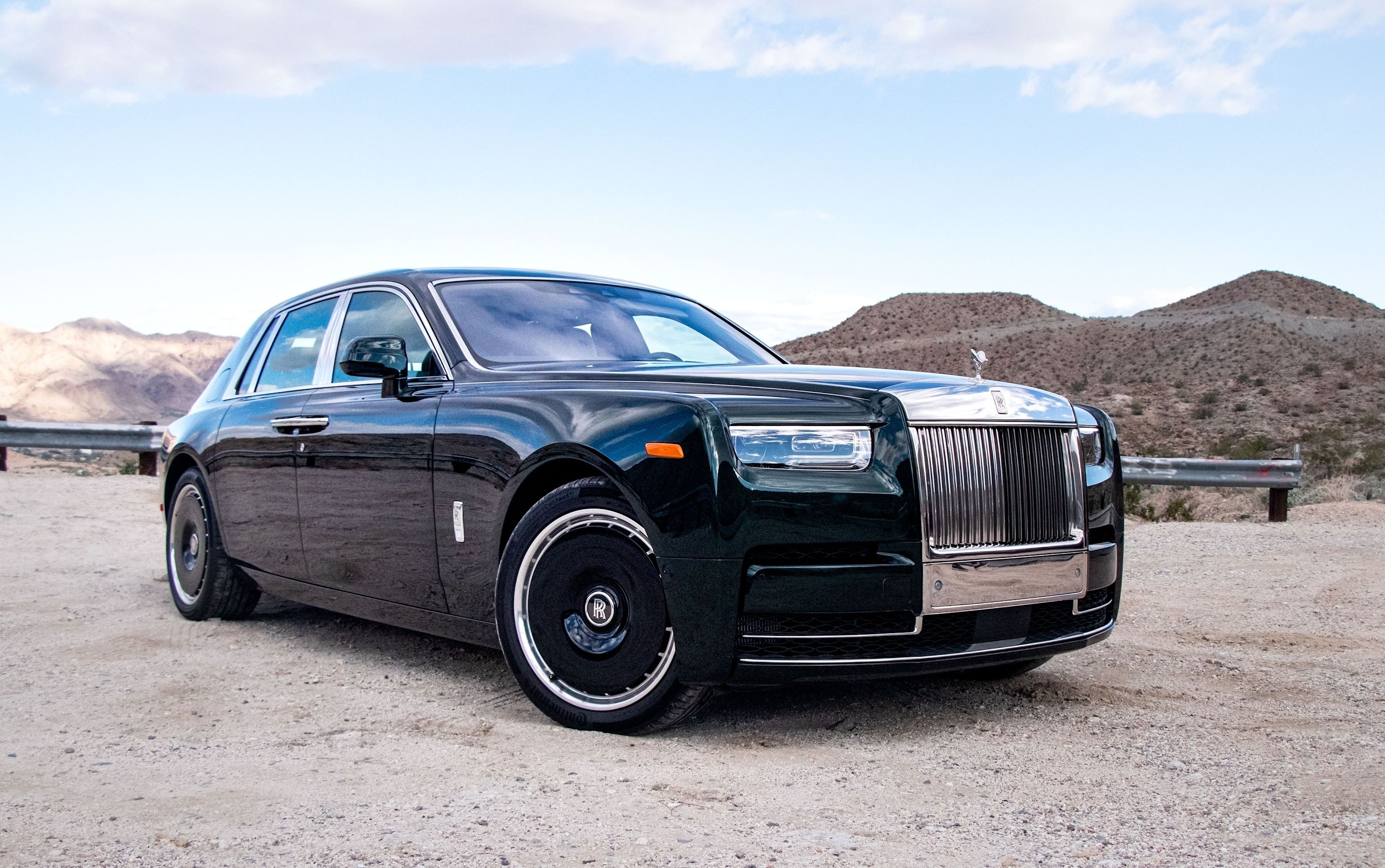
Some automakers have such strong brand recognition that most people would be able to identify their cars if shown a shadowy silhouette without any details. Some examples include BMW's kidney grille - even though this isn't the loved styling cue it once was - along with the unmistakable outline of a Porsche 911, or Jeep's seven-bar grille.
You can also add Rolls-Royce's Spirit of Ecstasy emblem to that list. Just days ago, the Spirit of Ecstasy celebrated its 110th anniversary, giving the British automaker the perfect opportunity to look back on the origins of this symbol of luxury and affluence.
The Spirit of Ecstasy was officially registered as the intellectual property of the British automaker way back on February 6, 1911. It was based on a bronze statuette called the Whisper. A sculptor and illustrator named Charles Sykes was responsible for its creation, which he conceptualized for Lord Mantagu of Beaulieu, described as an early Rolls-Royce enthusiast.
Today, Rolls-Royce maintains its links with the art world, notably through MUSE, the company's art program. Although the Spirit of Ecstasy hasn't changed much in more than a century and still graces the hoods of models like the Ghost and Phantom, it is notably smaller than it once was. The original design was seven inches, but today's version is just three-quarters of an inch.
While Mercedes-Benz has gradually dispensed with its own classic hood ornament, Rolls-Royce has no plans to do the same with the Spirit of Ecstasy. In fact, in unveiling its new brand identity last year, Rolls committed to giving the figurine even more of a presence in the virtual world.
"The Spirit of Ecstasy represents far more than just our company and our products," said Torsten Muller-Otvos, CEO at Rolls-Royce Motor Cars. "To our customers, she is a potent symbol, instantly and universally recognized - of success, endeavor, achievement, and standing."
Here's to the next 110 years of one of the automotive world's most desirable emblems.
